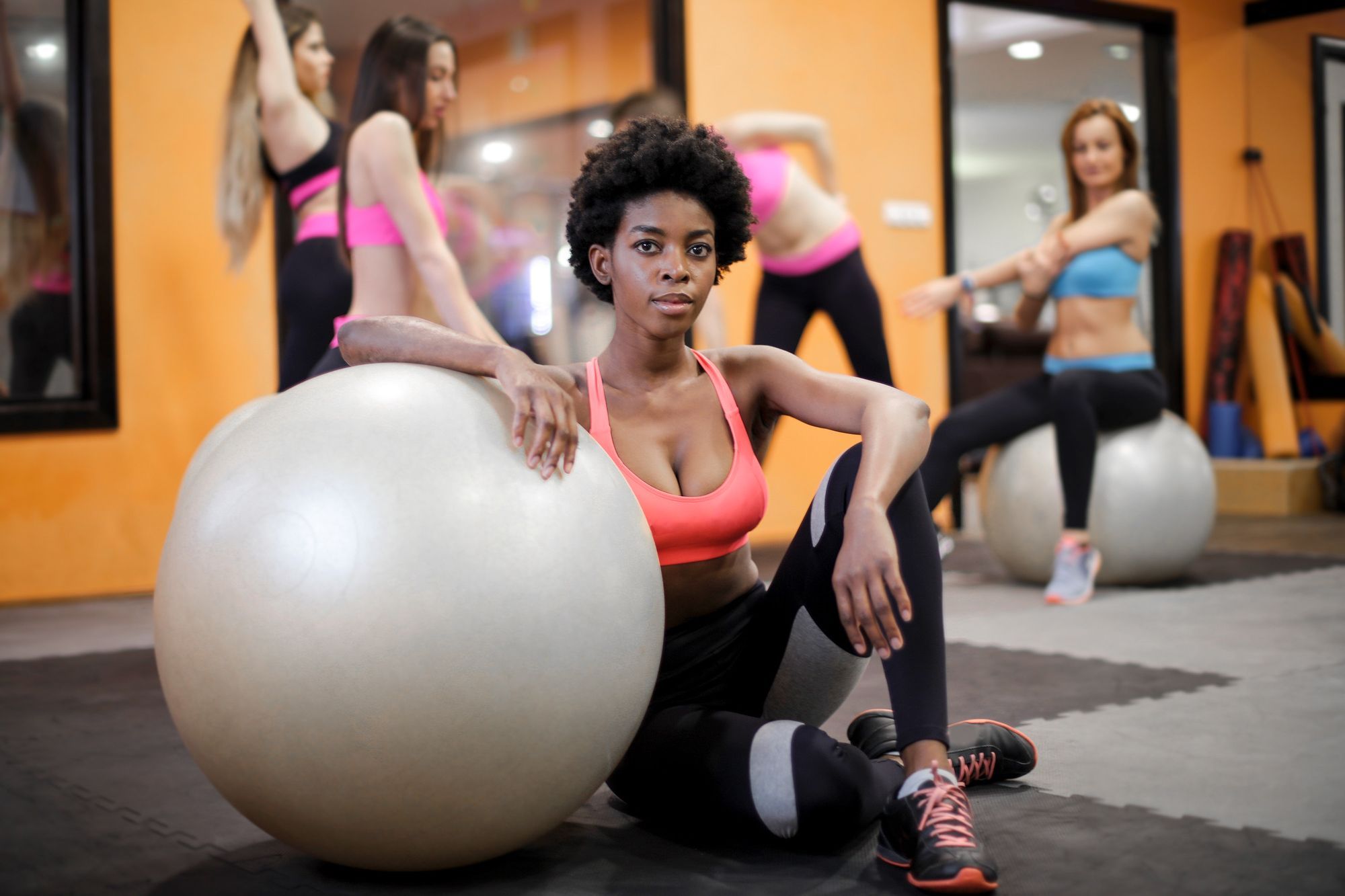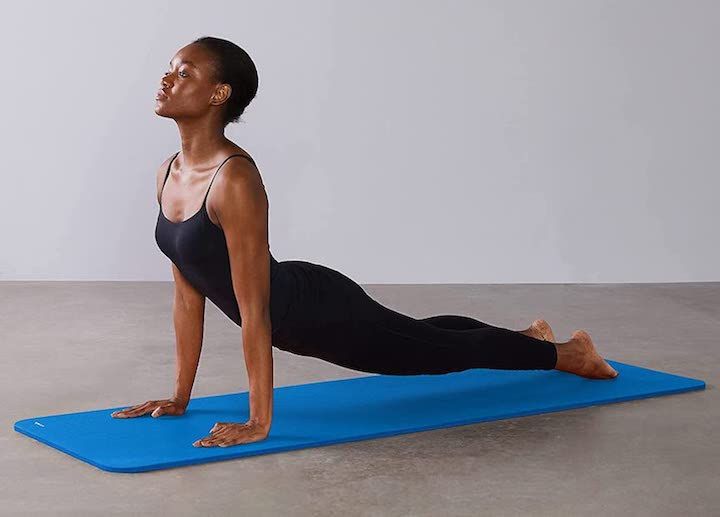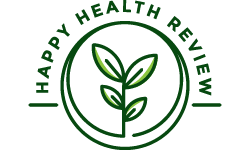What You Need to Know Before Taking Pilates Classes

If your workout routine has been feeling a bit stale, trying a new type of class can make it seem fresh again. Doing a Pilates exercise could be a good way to broaden your fitness horizons, even if we're talking about classes done on the mat or reformers.
While you can certainly do Pilates at a gym or studio now, you don't necessarily need to. There are plenty of online or virtual Pilates options you can do. Whatever method you choose for attending the classes, trying Pilates can be a workout game changer, regardless of your fitness background.
"Pilates will meet anyone's needs to improve their movement gracefully, and at the same, time makes it extremely challenging," says Gabriela Estrada, a certified Pilates Instructor and ACE-certified Personal Trainer based in New Jersey. "You can make so many different variations of the same exercises, that it stays fresh."
What is Pilates?
Low-impact exercises aim to strengthen muscles while improving posture and flexibility. A typical Pilates session lasts for between 45 minutes and one hour.
You can do Pilate exercises with or without equipment, but no matter what, you should expect the moves to involve slower, more precise movements and breathing control.
Pilates moves are designed to target your core, but they also work other areas of your muscles. Pilates exercises focus on your core, but that doesn't mean that they're just for your abs.
Your core includes the entire trunk—which is the abdominals, hips, inner and outer thighs, back, and shoulders—and so you must know that Pilates is specifically designed to strengthen these muscles.
And many Pilates teachers include moves specifically meant to engage your arms, glutes, and lower legs. Expect a workout that works your whole body. Pilates is a great exercise for beginners and advanced exercisers alike.
Who Can Do Pilates?
Pilates classes were once an exclusive affair, but they're not anymore. Nowadays, the practice is popping up everywhere: in small towns and big gyms, even in your at-home fitness apps of choice.
And while the Pilate machines are way less complicated to use than they look, all that you need to do is a floor and mat. This type of exercise is great for both experienced exercisers and novices.
A Full-Body Approach
Pilates is a physical fitness method that is holistic. It addresses the entire body, everything from strength, flexibility, stability, and mobility to breath and the mind-body relationship.
Pilates is great both for improving your fitness and for cultivating body awareness, allowing you to do all sorts of activities safely.
It’s scalable for any fitness level, so you can start by doing just one exercise and then add more as you get stronger.
What Are the Benefits of Pilates?
Pilates is a full-bodied exercise method that will help strengthen and stabilize your core strength, which helps you move efficiently while improving your postural strength, flexibility, and mobility.
A 2018 study of 90 people published in the Journal Of Exercise Rehabilitation found that people who practiced Pilates for an hour 3 times a week over 8 weeks improved their scores on functional movements than people who did yoga or who didn’t practice any physical activity.
Physical Benefits of Pilates
Pilates offers major health benefits for the body, including improving muscle strength, flexibility, stability and mobility, and the mind-body connection.
Pilates focuses on functional movements and abdominal muscles strengthening. The form is paramount, but regular practice can improve your ability to do other things with the best form and coordination.
Not only that, it's a great way to lose some weight and beat workout boredom too. That’s one reason why it’s so good for people who don’t like exercise.
Mental Benefits of Pilates
It may be physical exercise, but Pilates comes along with mental benefits too. The practice focuses on using the breath to control movement, and this slow breathing can help reduce tension, stress, and anxiety.
That’s one reason why people often say that they feel better both physically and mentally when they practice Pilates. They also sleep better. It’s important to be mindful and concentrate when doing something new.
You're not just mindlessly lying there and moving, but focusing on everything you do. It may not come naturally to you at the beginning, but as you practice more and more, you'll be able to hone in on that concentration and get better results.
Classic Pilates Exercises
Pilates classes can either be classical, meaning that only the exercises developed by Joseph Pilates are used, or they can be Pilates hybrids, which combine tenets of Pilates and non-Pilates exercises, like barre.
You'll get the benefits of Pilate's exercises from either, but if it's the kind of exercise you want to do in its purest form (i.e., classical Pilates), look for a teacher who has been trained in the classical method.
Basic Pilates moves you‘ll find in most beginner classes include:
- The roll-up
- Leg circles
- Single-leg stretch
- Teaser
- Spine twist
- Corkscrew
You’ve probably seen these done in workouts before but may not have known they were Pilates moves! You may encounter some of the exercises Joseph Pilates included in his workout, but many of them won't be taught in a beginner's class.
Is Pilates Right for You?
Pilates is excellent for both beginners and non-beginners alike. That’s why it’s important to learn how to properly use our bodies.
Pilates is good for so many things, including helping people who sit all day at their desks to stand up and move around. It also helps people who walk a lot to stay fit and healthy.
Even if you don't end up taking any Pilates classes, you'll still learn so much about your body from doing them that you didn't know before.
Pilates can be beneficial for people of all ages. Older people maintain their muscle mass and keep up their strength and stability so they can do things like walk or sit up without assistance. It can be a good tool for keeping people independent later in life.
One thing to keep in mind when doing Pilates: If you have any health concerns, preexisting conditions, or injuries, you‘ll want to make sure that you talk to your doctor first.
Talk with your healthcare provider before starting a Pilates program if you're pregnant. You may be allowed to do the workout with certain restrictions so you don't hurt yourself or the baby.
Here's everything you need to know before you take a class.

Give Your Undivided Attention
It’s important to pay close attention to your teacher‘s cues and instructions when you’re just beginning. If you're taking classes virtually and you're on your phone or yelling out loud during a workout. You may miss a cue, mess up, and potentially get injured.
And because Pilates requires concentration and full focus on your body’s positioning, alignment, and movement, you need to pay attention if you want to reap its benefits.
It’s a Full-body Workout
In any pilates workout, you can look forward to a full-body workout that’s very low impact. You’ll sweat, it’s going take a lot of concentration and control, and focus on breathing and alignment.
You won't get that out-of-breath cardio high that you'd get from indoor cycling classes or HIIT workouts. It’ll be challenging, but it’ll be different than before. Your muscles will feel it for a few days.
Even at the lowest level, when you do movements that look easy, you'll realize they're hard. If you feel like something is wrong, tell your instructor immediately.
The Slow Movement is Key
Pilates is meant for slow movement. You want to focus on controlling your movements, rather than just swinging your arms or leg around.
Think about each movement as you perform it, focusing on how you position your body, how it feels, which muscles you engage, and how they feel.
Focus on the Breathing
Similar to yoga, breathing exercises are an important element of Pilates. Deep, intentional breathing makes you more aware of your movements and how your whole body feels. It helps relieve stress.
Deep breathing from the abdomen is the best way to engage your core muscles, which you’re going to be doing a lot during a Pilates session.
Reformer or Mat Pilates
Mat Pilates is exactly what it sounds: Pilates is done on Pilates mats. These classes will incorporate a few of the classical moves, but they may also include some yoga-like stretching exercises and maybe other bodyweight exercises.
Pilates' original apparatus, the reformer, remains a big part of many modern Pilates classes. You've probably seen it in Pilates studios before. It’s a machine that looks like a cross between a hospital bed and a torture device.
The reformer has an adjustable carriage that moves back and forth on springs. Springs make it easier or harder for the carriage to move. The higher the resistance, the harder it may be for you to move through the range of motion.
Pilates instructors recommend that you learn the basics of Pilates first on the mat before taking reformer pilates classes. But don't be fooled: Mat Pilates is still just about as challenging, if not even more so.
There are other types, including a version called a reformer, a stationary bike, and smaller props such as pilates balls and pilates rings. You won't need to think about most of the Pilates equipment until you've progressed to more advanced levels of Pilates training.
Tight-fitting Clothes Are Best
Form-fitting clothes are ideal for Pilates. You can wear yoga pants, yoga unitards, and form-fitting tops.
Instructors recommend wearing shoes with grips on the bottoms so you don't slip on the floors (and don't have to walk barefoot) in the studio.
You can buy nonslip grip socks. You don't need to wear shoes when going barefoot especially if you're at home.
How to Start Pilates
Learning Pilates in a class setting with a qualified instructor is by far the best way to learn the basics and ensure you’re properly performing the moves without risking injury.
It's not accessible to everyone. Fortunately, many fitness applications feature Pilates exercises. Alo Moves, Fitness On, Peloton, and Glow are all great at-home fitness apps you can try out.
When starting Pilates at home it's important to pay close attention, follow the cues and if something hurts or doesn't feel right, listen to your body. After all, the goal is to get stronger, healthy, and feel good inside out.

